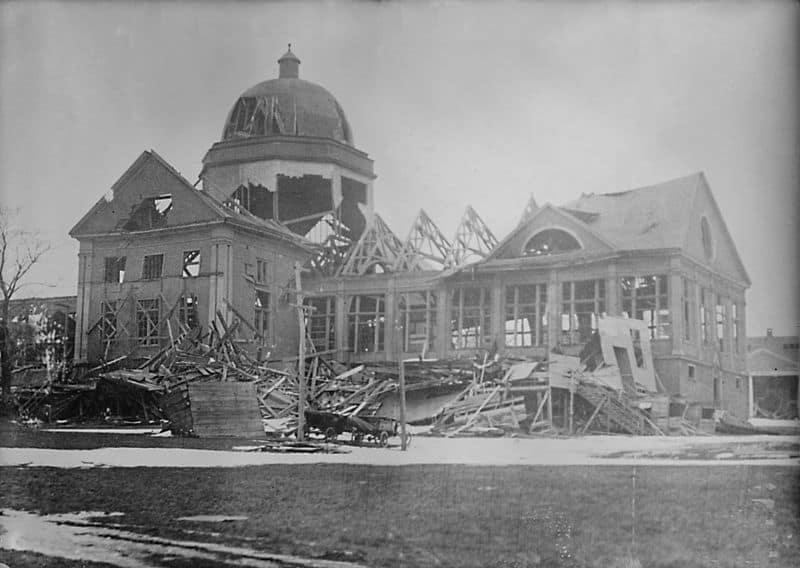The disaster which befell RMS Titanic on its maiden voyage was well known before it received yet more attention in the 1990s, thanks in large part to the fictional saga of Jack and Rose in the film by James Cameron. Its story thus overrides other nautical disasters which occurred throughout history, on the seas, and on rivers and lakes inland. Not fewer than six maritime disasters occurred with greater loss of life than that of the Titanic incident, including one on the Mississippi River in the United States in 1865. At least sixteen ships were lost in which more than 1,000 people died, most of them all but forgotten.
This is not a comprehensive list of ship disasters based on the number who died in them, but a presentation of several lost ships and the impact their loss had on history. For example, in the year 1120, the ship White Ship was lost when a drunken crew, according to the two survivors, lost control of the vessel and it sank, with more than 300 dead. Among them was the heir to the throne of England. The result was nearly two decades of civil war over the right to the British Crown. The period of time in British and Norman history is known as The Anarchy.

Here are twenty maritime disasters and their impact on history.

1. The Sultana explosion was the worst maritime disaster in American history
April 1865 was an eventful month in America’s story. Robert E. Lee surrendered, Abraham Lincoln was assassinated, and the largest manhunt America had yet mounted culminated in the killing of the president’s murderer on April 26. So it is little wonder that the accident which befell the wooden sidewheel river steamboat Sultana was all but forgotten, especially considering the nation had become immune to the reports of heavy loss of life during the preceding four years. Sultana was carrying more than five times its designed capacity of passengers when three of the vessels’ four boilers exploded, starting a fire which totally destroyed the less than two-year-old vessel.
The government had offered to pay four dollars for every enlisted man and ten for officers who had been held prisoners by the Confederacy to steamboat operators willing to convey them north. Kickbacks and false reports allowed Sultana’s owners to pack the boat well beyond the level of safety. As the boat headed upriver with the former prisoners, overpressure in the boilers caused the explosion and resulting fire, and up to 1,500 were killed. The exact count remains unknown due to the falsified manifests. There were about 750 survivors treated for injuries. Sultana’s captain and most of the crew were among the dead, and nobody was ever held accountable for the disaster. Because the Mississippi River has changed its path since the disaster, the remains of the wreck are now buried under dry land near Memphis, Tennessee.

